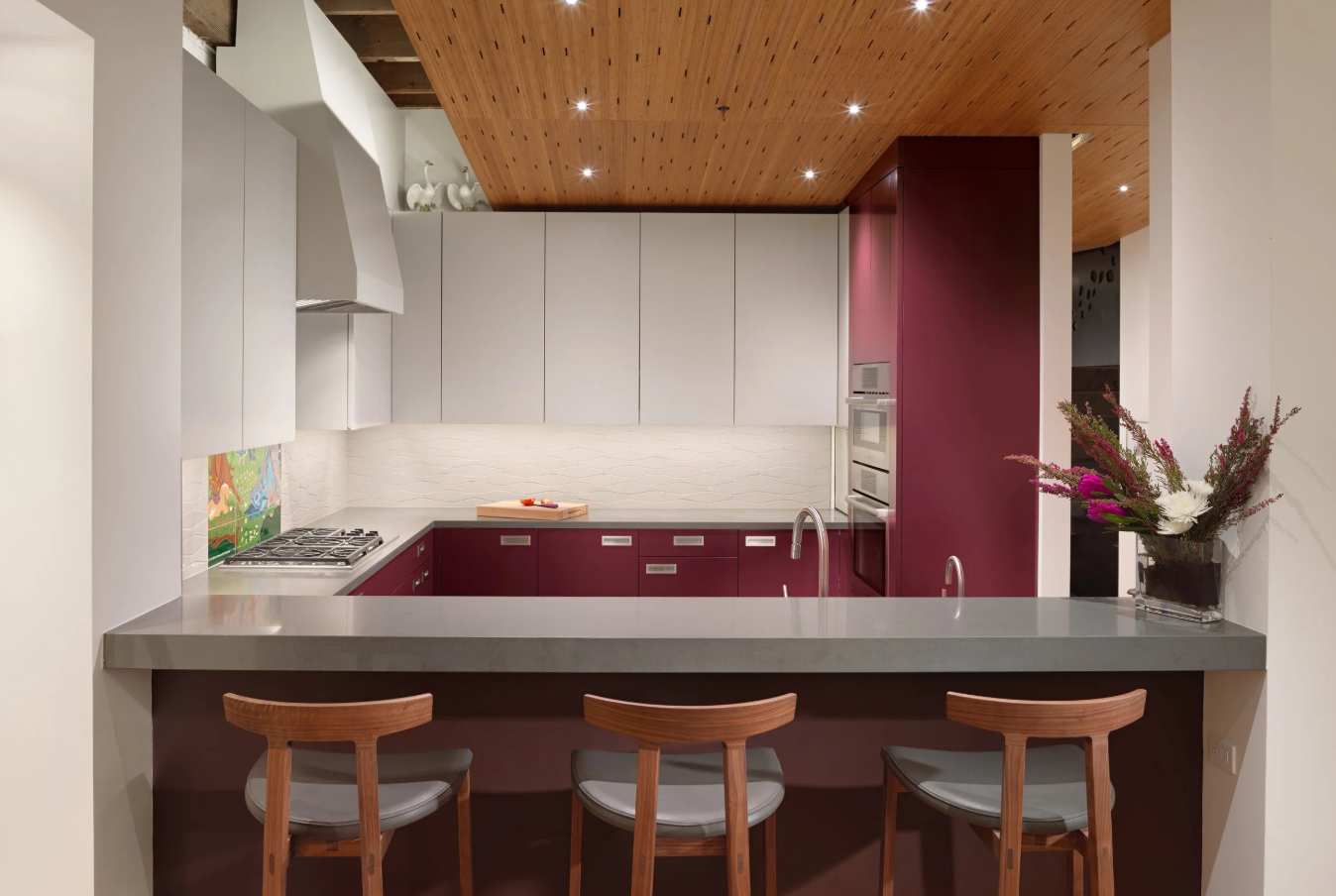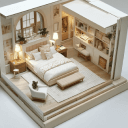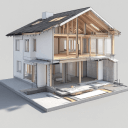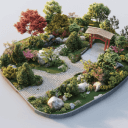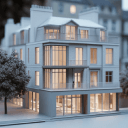Designing a compact kitchen is both challenging and rewarding. In today’s urban living, many homeowners and renters find themselves with limited kitchen space. However, a small footprint can inspire big ideas – clever layouts, multi-purpose features, and creative styling that make every square inch count. The key is thoughtful planning and visualization.
This is where modern design tools like Arcadium 3D come into play. With the right approach (and the right software), even the tiniest kitchen can be transformed into a functional and stylish culinary oasis.
Understanding the opportunities:
A petite kitchen forces you to prioritize what truly matters. Instead of seeing constraints, professional designers view small kitchens as an opportunity to get creative and optimize every nook and cranny. Smart planning can turn awkward corners into useful storage, make a narrow space feel open, and ensure that efficiency is baked into the design.
In fact, a well-designed kitchen can increase the value of your home by up to 10%– proof that quality design trumps quantity of space. And beyond value, a thoughtful compact layout can save you serious time: an efficient kitchen layout can cut meal prep time by as much as 60% by reducing needless steps and collisions.
Visualization is vital:
Because every inch matters, it’s crucial to visualize your ideas before committing to them. What might seem like a good idea on paper – say, adding an island – could overwhelm a small room once you see it in 3D. Traditionally, one would sketch floor plans or rely on imagination, but it’s hard to picture exactly how a cramped kitchen might look after a makeover.
This is why 3D kitchen design has become a game-changer. By creating a digital model of your space, you can test different layouts, color schemes, and storage solutions virtually. You’ll spot problems (like a cabinet door banging into the fridge) before they happen and discover creative solutions you might not have thought of in 2D.
As a professional kitchen designer, I’ve found that showing clients a realistic 3D model of their small kitchen not only eases their worries but also gets them excited – they can see the transformation before a single cabinet is installed. And thanks to intuitive platforms such as Arcadium 3D, this power of visualization is available to everyone, not just CAD experts or architects.
Arcadium 3D is an intuitive online design platform that enables anyone to visualize kitchen transformations and make informed design decisions before spending a dime. In the sections below, we’ll dive into concrete strategies for compact kitchens and show how 3D design can bring your small kitchen dreams to life.
Check Out Our Tool
Big Ideas for Maximizing a Small Kitchen
Even the smallest kitchen can be maximized with the right design strategies. Here are some key principles and tips – drawn from real designers’ playbooks – to make a compact kitchen feel comfortable, efficient, and full of personality:
Smart Storage Solutions:
Storage is the linchpin of any functional kitchen – especially in tight quarters. Think beyond basic cabinets. Use every corner and crevice: install pull-out drawers and sliding shelves inside cabinets so no space is wasted at the back. Corner cabinets can house rotating carousels (lazy Susans) to utilize those deep corners effectively.
Don’t forget vertical space: mount racks or pegboards on walls for hanging pots, pans, and utensils. Even the inside of cabinet doors can hold spice racks or magnetic strips for knives. The goal is to give everything a dedicated place so your counters stay clear and the kitchen feels orderly, not cluttered.
Space-Saving Appliances:
In a small kitchen, every appliance must pull its weight. Opt for compact or multi-functional appliances whenever possible. For example, choose a microwave that also functions as a convection oven, or a cooktop with integrated vents to eliminate the need for a bulky range hood. Slim refrigerators, single-bowl sinks, and 18-inch dishwashers can free up precious inches. You might also consider appliances designed for small spaces (apartment-sized stoves or narrow fridges) that provide full functionality with a smaller footprint.
By selecting appliances wisely – maybe a stovetop with two burners instead of four if you rarely use all four – you maintain capability without cramping the room. Additionally, consider flexible fixtures: a wall-mounted, fold-down table or an extendable countertop can serve as extra prep area or dining space when needed, then tuck away to open up floor space.
Clever Layout and Workflow:
The layout is the backbone of kitchen functionality. In tight spaces, the classic “kitchen work triangle” (optimal spacing between sink, stove, and fridge) is still crucial, but you may need to get creative with it. Popular compact layouts include the one-wall kitchen, galley (two-wall), or L-shape. An L-shaped kitchen with a small island or peninsula can work wonders in an open studio apartment, providing separation of space without enclosing the kitchen.
In a galley kitchen, focus on maintaining at least 3-4 feet of clearance between opposite counters so two people can pass. Also, think about door swing clearance: an out-swinging fridge or oven door can be a blockade in a small aisle, so ensure there’s room or consider alternate models (like a french-door fridge or a wall oven).
Essentially, plan the placement of each element so that you can move freely and safely – nothing is more frustrating than drawers that collide or having to constantly sidestep because the path is too tight. Laying this out in a floor plan first is essential, and this is where 3D planning truly shines (more on that soon).
Go Vertical:
When you can’t expand outward, go upward. Make use of the full height of your kitchen. This could mean stacking cabinets all the way to the ceiling for maximum storage. (You can always use the highest cabinets for seldom-used items or seasonal cookware.) Open shelves above counters can store dishes or jars attractively, and a pot rack hanging from the ceiling can free up cupboard space while adding a rustic flair.
Even small slivers of wall can host a spice rack or utensil hooks. By leveraging vertical space, you keep the footprint clear and avoid overcrowding at eye-level. Just be sure to balance high storage with accessibility – keep a stepping stool handy or focus on vertical solutions that match your reach and usage patterns.
Light Colors and Reflective Surfaces:
One tried-and-true trick to make any small room feel larger is using light, bright colors. In a compact kitchen, consider white or pale-colored cabinets, countertops, and backsplashes. Lighter hues reflect more light and give an airy, open feel, whereas dark colors (while chic) can make a small space feel more cramped or boxed in.
You don’t have to stick strictly to white – soft grays, pastel blues or greens, or light wood tones can all work while keeping the space bright. Another hack is incorporating reflective materials: a glossy backsplash or even a mirrored panel can bounce light around.
For instance, a mirrored backsplash behind the sink will visually double the depth of the counter. Glass cabinet doors or shiny quartz counters also contribute to a more expansive look. The idea is to trick the eye into perceiving more space than you have, using color and sheen to your advantage.
Strategic Lighting:
Good lighting can make a small kitchen feel inviting and larger than it really is. Natural light is best – if you have a window, maximize it (avoid heavy curtains; use translucent shades for privacy). But regardless of windows, plan layered lighting. Overhead ceiling lights or track lighting will illuminate the whole room, but the secret weapon is under-cabinet lighting.
Installing LED strips or puck lights under your upper cabinets casts light directly onto the countertop, eliminating shadows in those work areas. This not only improves functionality (you can see what you’re chopping!) but also creates a sense of depth and openness – the counter edges seem to “recede” when lit, making the wall feel farther away.
Likewise, lighting inside glass-front cabinets or in open shelving nooks can create focal points and prevent dark, recessed zones that shrink the space. In a 3D design tool, you can experiment with placing lights and immediately see how it brightens the room, adjusting color temperature and intensity for the perfect ambiance.
Multi-Functional Features:
In a small kitchen, every element should ideally serve more than one purpose. A prime example is a kitchen island or cart that provides storage, prep surface, and seating all at once. If you have room for an island (even a petite one or a wheeled cart), consider one with cabinets or shelves built-in, and an overhang on one side to tuck in a couple of stools.
This turns the island into a breakfast bar or work-from-home spot in addition to storage. Folding or extendable dining tables are another multi-functional solution – they can be compact most of the time and expanded for meals or entertaining. Even smaller touches count: a cutting board that fits over your sink effectively adds counter space when needed, or a stovetop cover that lets the range double as work area when burners are off.
Think creatively: could an empty wall also host a slim fold-down desk or an appliance garage? Could a backsplash area include a magnetic strip for knives (tool and decor in one)? By combining functions, you squeeze more utility out of fewer pieces, which is the essence of smart small-kitchen design.
Personalize with Style (in Moderation):
A compact kitchen can absolutely be beautiful and reflect your style – the limited size shouldn’t limit character. In fact, a small space with a strong design theme can feel like a jewel box. Consider a pop of color or a signature material, but use it wisely to avoid overwhelming the room.
For instance, you might choose a vibrant tile backsplash as the focal point while keeping surrounding cabinets neutral. Or, if you love dark cabinets, balance them with plenty of light elsewhere (walls, counters, floor, lighting) to avoid a cave-like feel. Glass and metallic accents (like a copper pendant light or brass faucet) can add luxury without bulk.
The advantage of using a 3D design tool here is you can try out bold choices virtually. Wondering if that navy-blue cabinet finish will make the kitchen feel small? Swap it in the 3D model and see how it looks with your lighting and space. Often, you’ll find that with the right complementary choices, even dramatic elements can work in a small kitchen and make it uniquely yours.
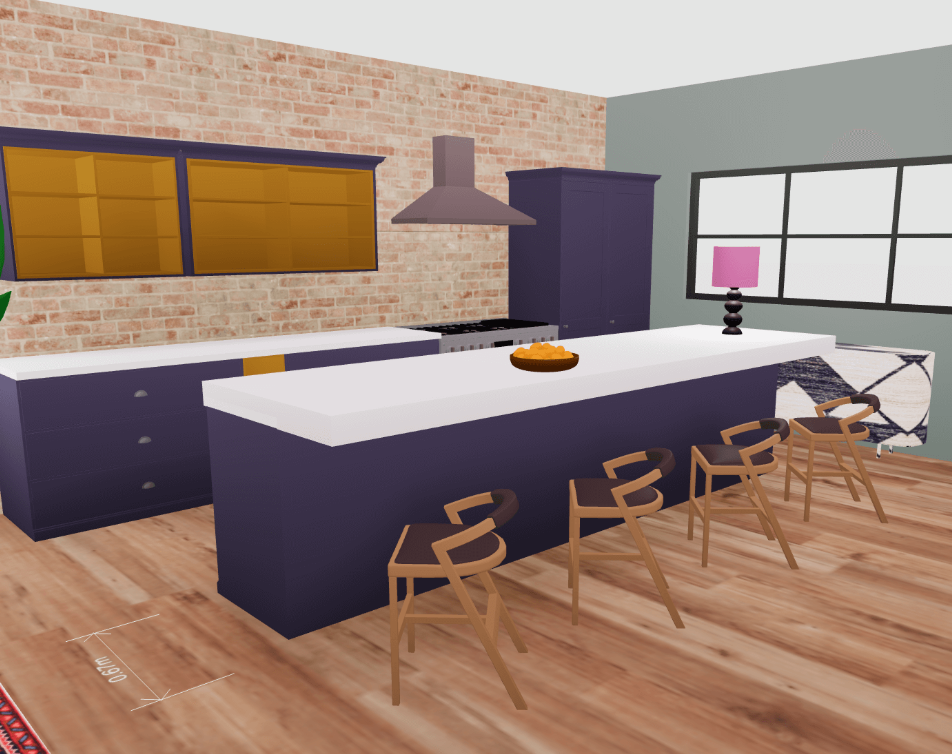
Planning Your Compact Kitchen in 3D
Designing a small kitchen becomes much easier when you can plan it out in a realistic 3D environment. Using a digital design tool not only helps you envision the final result, it also acts as a sandbox to experiment with ideas risk-free.
Arcadium 3D offers
3d kitchen design free
platform that runs entirely in your browser (no downloads required), making professional space planning accessible to anyone. Here’s how you can tackle your compact kitchen project with the help of Arcadium 3D or a similar 3D kitchen planner.
Start with Accurate Measurements
: Measure your kitchen’s dimensions precisely – length, width, and ceiling height. Note the size and placement of windows, doors, and any utility connections (plumbing, gas lines). In Arcadium 3D, you begin by marking out the room with walls, windows, and doors in a floor plan view.
Inputting exact dimensions ensures your 3D model is a faithful replica of your actual space. Don’t worry if your kitchen layout is irregular; you can plot any shape of room. This step is crucial: by laying down the room structure, you set the stage on which all your design ideas will play out realistically.
Choose and Place a Layout:
With the room modeled, test different kitchen layouts by drag-and-dropping cabinets, appliances, and fixtures from the tool’s library. Arcadium 3D comes with a large library of pre-built kitchen units (cabinets, sinks, ovens, etc.) that you can simply place and move around.
You might start by recreating your current layout and then try modifications. For example, see how an L-shape with an island looks versus a galley layout in your space. The beauty of doing this in 3D is that you can switch perspectives – look from the top-down 2D floor plan for precise placement, then jump into a 3D view to get a sense of how cramped or spacious it feels.
Pay attention to walkway clearances (the software can let you measure distances). Does the refrigerator door clear the opposite counter? Can someone open the oven and step aside? Adjust placements as needed, keeping that all-important work triangle in mind. If you’re a professional designer, you can even share these layout options with clients via a simple URL link, letting them virtually “walk through” each concept. This collaborative aspect ensures everyone is on the same page before decisions are finalized.
Arcadium 3D’s planning tools allow you to view your kitchen layout from multiple angles, including a top-down perspective. This bird’s-eye view is invaluable for optimizing the arrangement of a compact kitchen. By visualizing the floor plan in 2D and 3D, you can ensure aisles are wide enough, appliances and cabinet doors don’t clash, and every element is placed efficiently.
In the example above, an L-shaped kitchen with a small island is seen from overhead – a layout that provides ample counter space while maintaining open pathways. Being able to examine your design like this means you can tweak and adjust the plan until every square inch is put to good use.
Incorporate Ergonomics and Flow:
A small kitchen can function like a large one if it’s ergonomic. As you arrange elements in the 3D planner, continuously think about how you will use the space. Ensure the sink, stove, and fridge are in a logical proximity (typically forming a triangle as much as the room allows).
Check that there’s adequate counter space next to major appliances (e.g., some landing space by the stove for pots, near the fridge for groceries). Arcadium’s intuitive interface lets you move items around easily, so take advantage of that to try minor adjustments – sometimes shifting an appliance just a few inches makes a big difference in comfort.
Another tip: place a dummy “human figure” or use measurement tools in the software to simulate walking paths. Imagine preparing a meal and walking between the fridge, sink, and oven; the 3D simulation can help you spot any awkward turns or bottlenecks. One often overlooked detail is vertical ergonomics – in 3D view, you can gauge if that overhead cabinet is too high to reach or if a ceiling-mounted pot rack might hang too low.
By catching these issues in the digital model, you save yourself from inconvenient fixes later. Remember, an efficient layout isn’t just about fitting everything, but arranging it in a way that feels easy to work in. As Arcadium’s guidance emphasizes, comfort and ease of use are key, even in a tiny kitchen.
Fine-Tune Storage and Details:
Once the big pieces (cabinets, appliances) are placed, zoom in and plan the storage details inside and around them. In a 3D design tool, you can add pantry shelves, insert racks, or even placeholders for pull-out organizers to see how they’d fit. For example, if you want a pull-out trash bin inside a 12-inch cabinet next to the sink, you can ensure the cabinet chosen can accommodate that.
Place wall shelves in the model to see if they look too crowded or just right. You can also experiment with leaving certain cabinets out to use open shelving instead – the model will immediately show how that choice affects the visual clutter (maybe those open shelves make the kitchen feel airier, or maybe they look messy – you decide!).
Arcadium 3D’s catalog includes not just cabinets but accessories and furnishings you can add, so fill your virtual kitchen with the elements of your daily life: a knife block here, a microwave there, a hanging pot rack over the island. By doing so, you’re effectively rehearsing how everything will fit. Does it look like there’s enough storage, or do you need to add an extra cabinet or a taller pantry unit?
This process ensures that by the time you’re done designing digitally, you won’t have nasty surprises like “nowhere to put the garbage can” in the real kitchen. Moreover, you’ll have a detailed plan to communicate to contractors or to guide your DIY installation.
Experiment with Style and Materials:
Here’s the fun part – styling your kitchen. With the layout and storage set, use the 3D design tool to play with different materials, colors, and finishes. Swap the cabinet fronts between a light color and a dark one; try a marble countertop versus butcher block; test different backsplash tiles.
Arcadium 3D offers a wide range of kitchen units, finishes, and household accessories that you can customize to reflect your personal taste. Because it’s all virtual, don’t be afraid to try bold combinations – you might discover that the navy-blue cabinets you hesitated about actually look stunning in your small space when paired with a white counter and good lighting.
Conversely, you might find a certain wood tone makes the room feel smaller, prompting you to switch it out before it’s too late. Also consider texture and pattern: in 3D you can see if a busy patterned floor tile will overwhelm the room or if it adds character just fine. At this stage, think about cohesion – ensure the colors of cabinets, walls, backsplash, and floor complement each other and fit with the style of the rest of your home.
Small kitchens are often part of an open-plan living area, so use the 3D model to check sightlines and style flow between spaces. Arcadium even allows you to adjust lighting in the model: add under-cabinet lights or change the brightness to see how it affects the colors and mood. This helps you avoid, say, choosing a paint color that looks great in daylight but turns dingy under your ambient lighting. By iterating through styles in the digital model, you’ll arrive at a design that not only maximizes space but also looks and feels right.
Designing in 3D also lets you fine-tune the aesthetics of your compact kitchen. In the rendered scene above, the kitchen features sleek navy cabinetry, a bright white countertop, and a bold gold faucet – a stylish combo that gives the small space a distinct personality. With Arcadium 3D’s free design tool, you can swap out colors and materials in a few clicks, seeing instantly how each change impacts the look and feel.
For instance, you could try a lighter cabinet color if the dark hue feels too heavy, or test different backsplash patterns without buying a single tile. This ability to experiment virtually ensures that by the time you finalize your design, every element (from the bar stools to the cabinet hardware) works in harmony to make your small kitchen shine.
Review and Iterate:
One of the greatest advantages of 3D design is the ease of making changes. Do a virtual “walk-through” of your completed kitchen model – many tools like Arcadium let you pan around in first-person view or at least view from various angles. Take note of anything that feels off. Is there an empty wall that could use a bit more storage? Does the fridge stick out too far into the room? Maybe the color of the upper cabinets still isn’t sitting right with you.
Tweak the model as needed. It’s far cheaper and simpler to move a wall or change a color in a digital model than during construction! You can also seek feedback at this stage: share the 3D design with family, friends, or clients (via a link or by exporting images). Often a fresh pair of eyes will catch something you missed – perhaps the countertop space next to the stove is a bit tight, or you could add a shelf above the sink.
Keep iterating until the design feels just right. Arcadium 3D allows you to save multiple versions of your kitchen design, so you could even create a few variants (e.g., “Option A: with peninsula, Option B: with island”) and compare pros and cons. This iterative process is exactly how professional designers refine their concepts, and with a user-friendly tool it’s accessible to you too.
Arcadium’s interface is designed to guide even first-time users, with tutorials and tips readily available. Don’t be surprised if you learn a lot in the process – you’ll start thinking like a designer, balancing form and function with each adjustment.
Plan the Real-World Execution
: Once you’re happy with your 3D design, use it as a blueprint for the real kitchen transformation. Generate floor plans, measurements, and even 3D renders to reference during the build. Many 3D design tools (Arcadium included) can output a list of chosen furniture/cabinet models or a snapshot of dimensions. This makes it easier to communicate with contractors or to shop for the right fixtures.
Essentially, by the time you’re done designing virtually, you have a clear roadmap to follow. You can proceed with confidence, knowing there won’t be nasty surprises like “the cabinet doesn’t fit” or “the space looked bigger in my head.” The time and effort spent planning in 3D will pay off in a smoother, faster, and possibly cheaper kitchen project, since you’ve minimized the trial-and-error that often causes delays and extra costs.
Bringing Big Ideas to Life in a Small Space
A compact kitchen, thoughtfully designed, can deliver as much functionality and inspiration as a kitchen twice its size. The secret lies in intentional design – every decision, from layout to lighting, works toward making the space efficient, comfortable, and reflective of your style. We’ve explored how leveraging smart storage, choosing the right appliances, and employing design tricks can radically improve a tiny kitchen.
But ideas alone aren’t enough; the magic happens when you visualize and execute those ideas clearly. This is where 3D design truly shines. It bridges the gap between imagination and reality, allowing you to test and refine your vision before committing time and resources.
With tools like Arcadium 3D, the process of designing a small kitchen becomes not just easier, but also enjoyable and empowering. You don’t need to be an architect or have years of experience – the platform’s user-friendly interface and guides mean anyone can jump in and start crafting a dream kitchen.
The result is a transformation that you can take pride in: a kitchen that might be compact in footprint but is grand in ideas and execution. Whether you’re a professional designer aiming to wow a client with a realistic preview, or a homeowner taking charge of your own remodel, 3D design gives you the confidence to push boundaries and innovate within small spaces.
In the end, “Small Kitchen, Big Ideas” is more than a catchy phrase – it’s a mindset. With careful planning and the right tools at your disposal, a petite kitchen can be every bit the heart of the home that a large gourmet kitchen is. It can be a place of efficient workflow, clever storage, cozy gathering, and personal style.
So, embrace the challenge of your small kitchen and start sketching it out in 3D. Move those virtual cabinets, try that daring color scheme, and shine a light (literally) on your new design. By the time you finish, you’ll have not only a beautiful plan on your screen but a clear path to making it real. Small kitchen dreams are absolutely achievable – and with Arcadium 3D’s help, you’ll be cooking in your fully optimized, stunning compact kitchen before you know it, wondering how such a small space can feel so spacious and inviting.
Check Out Our Tool


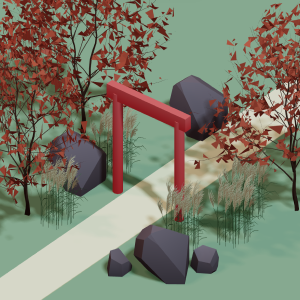 All training, tips and articles
All training, tips and articles
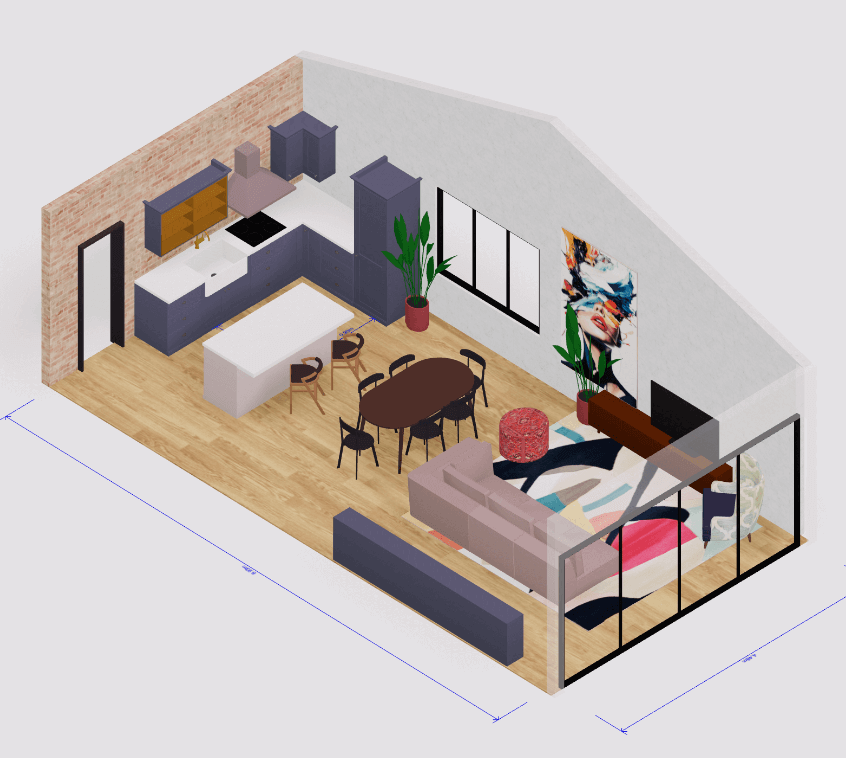 3D house design tool
3D house design tool
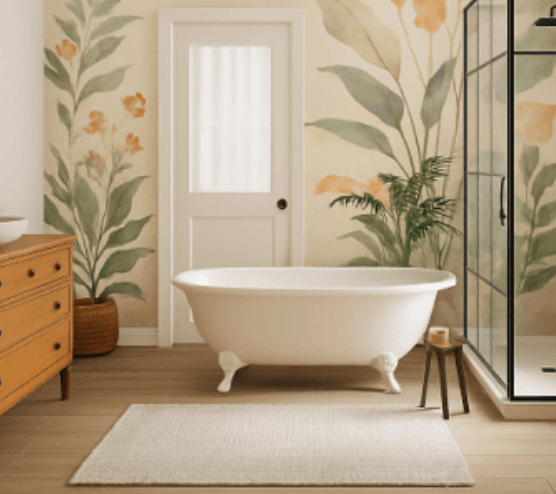
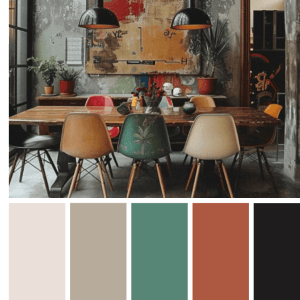 Color palette generator
Color palette generator
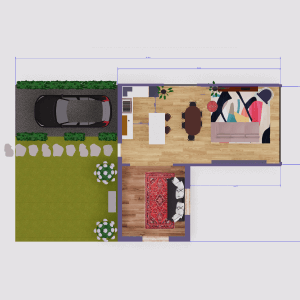 Floor plan creator
Floor plan creator
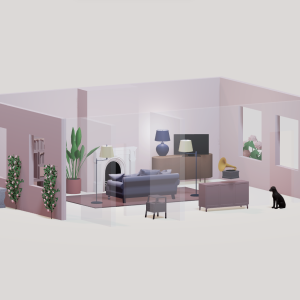 Interior design app
Interior design app
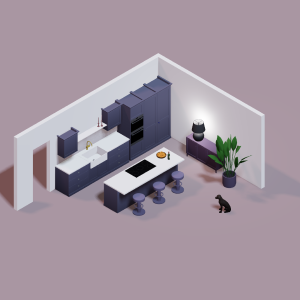 Kitchen design tool
Kitchen design tool
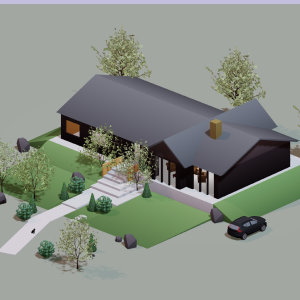 House design software
House design software
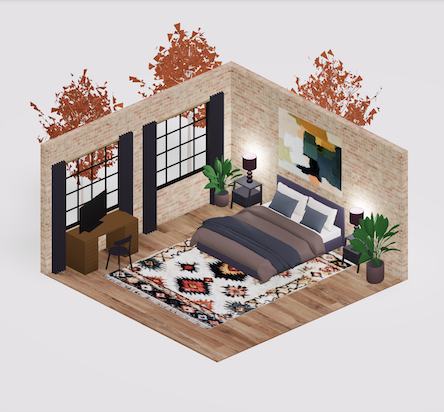 Room designer
Room designer
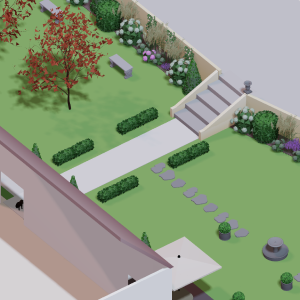 Landscape design software
Landscape design software
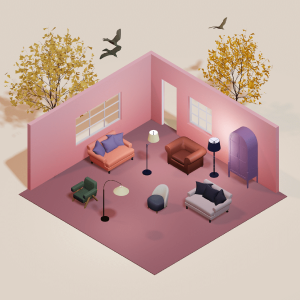 Bedroom design
Bedroom design
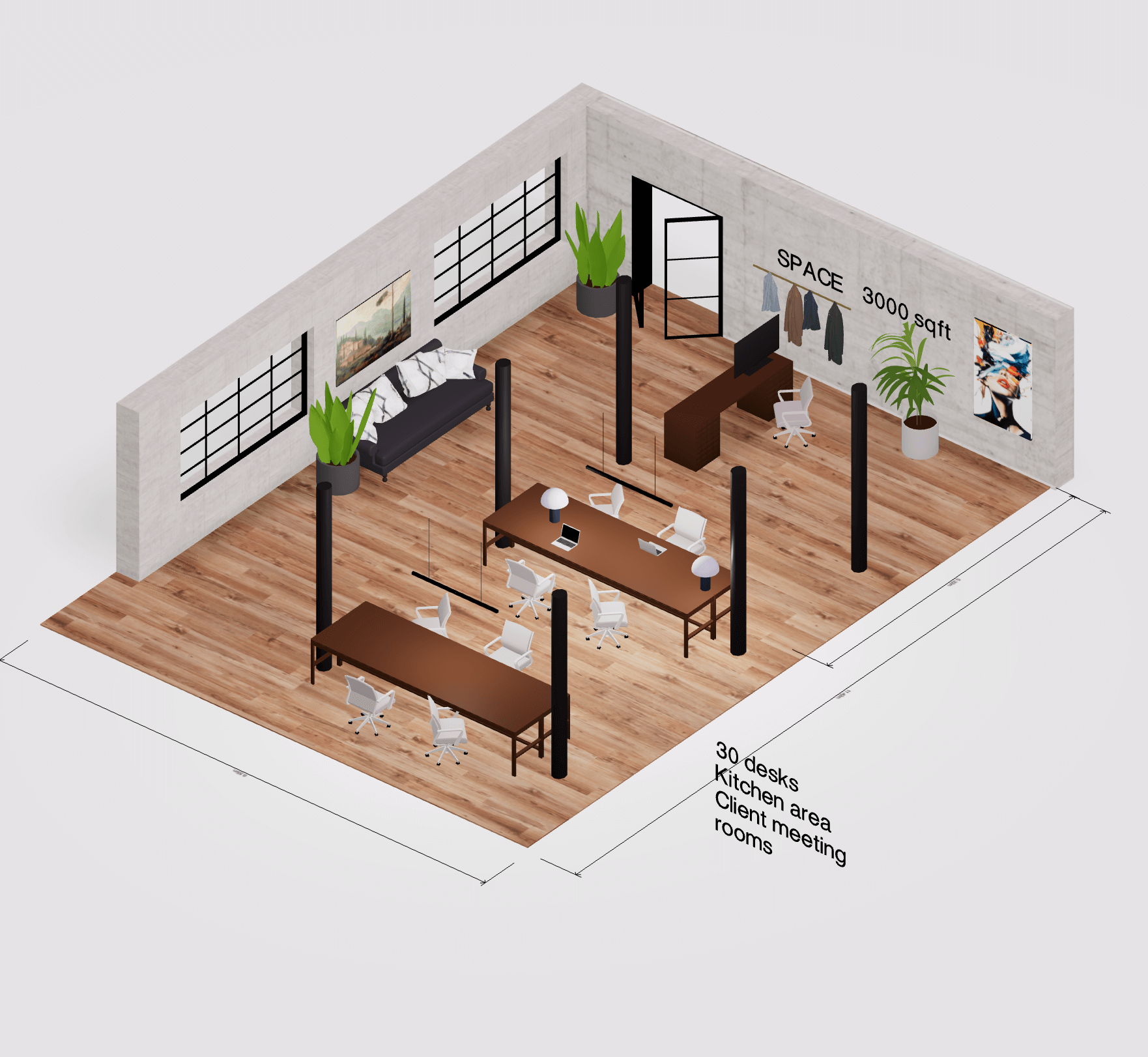 Office floor plan creator
Office floor plan creator
